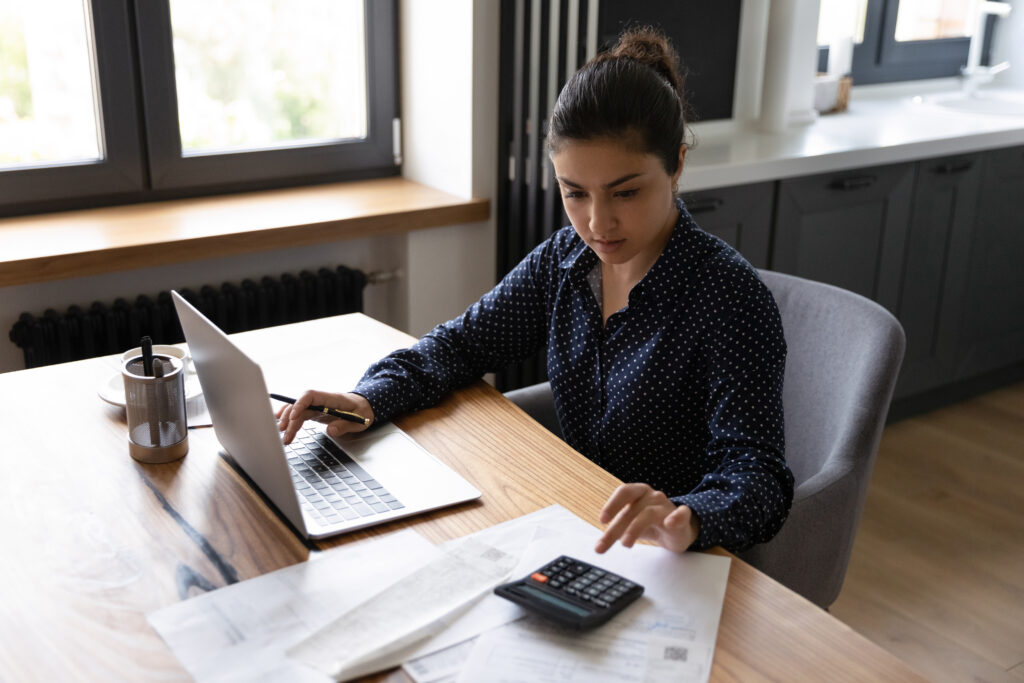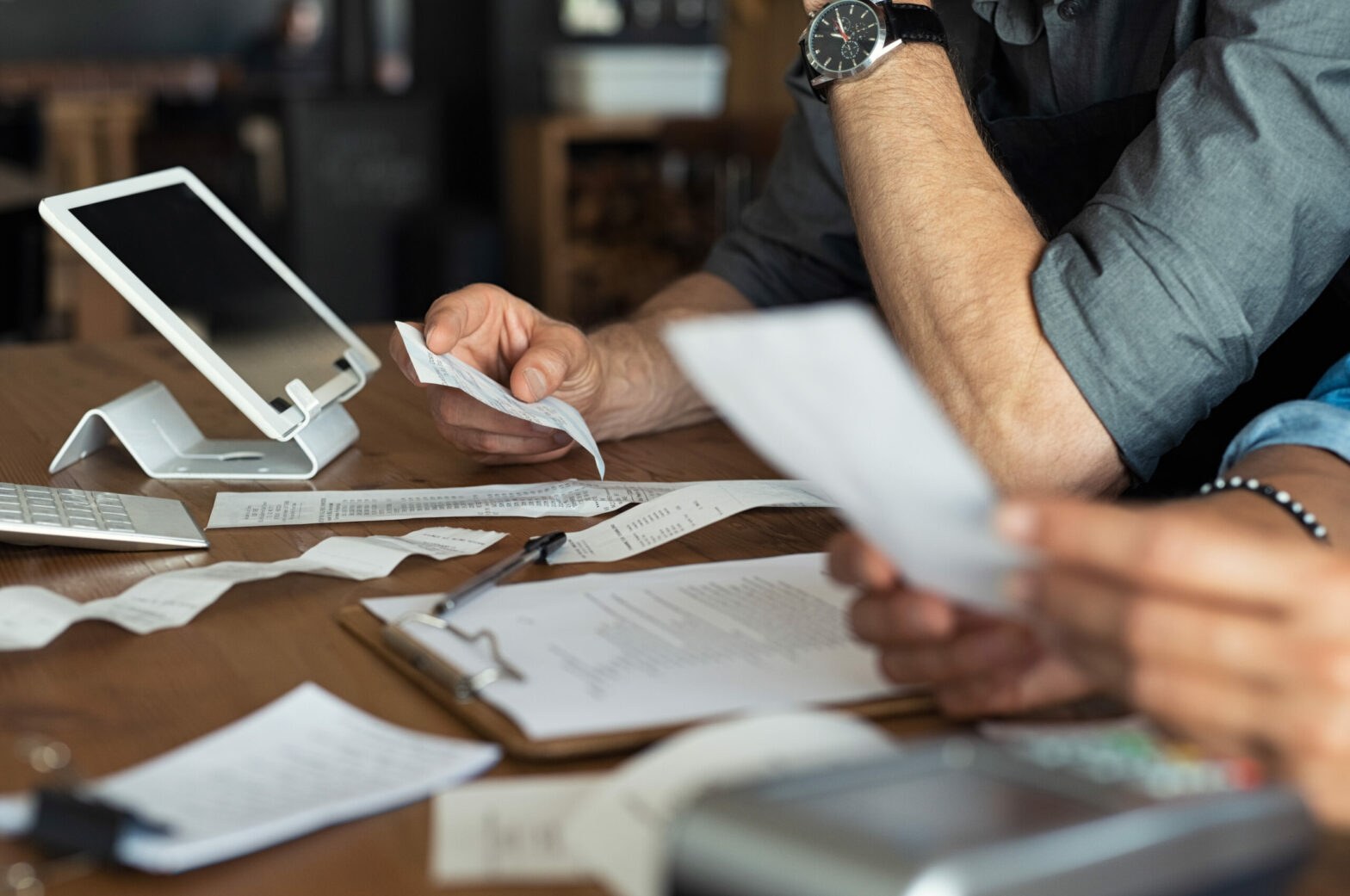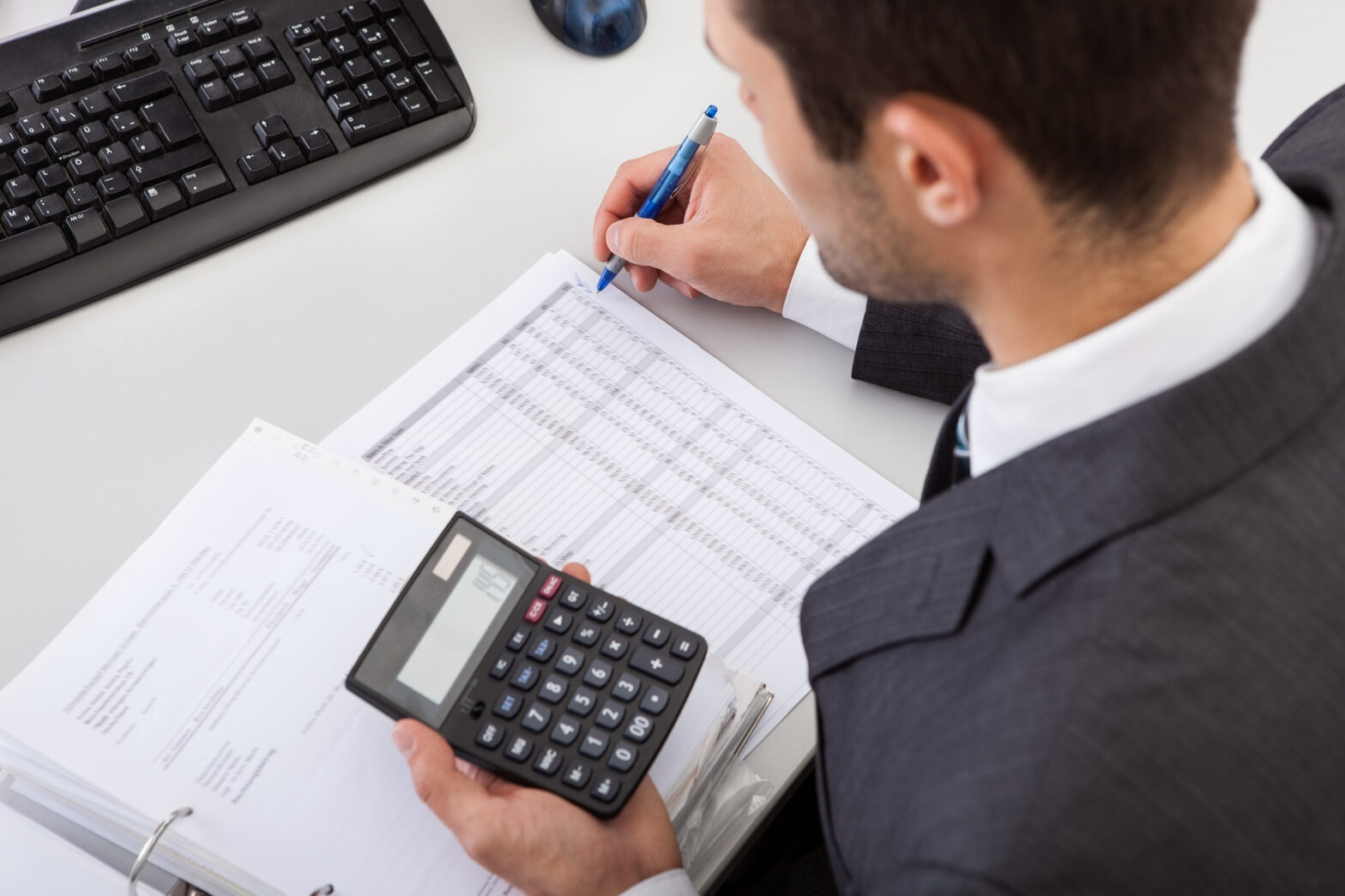Submitting your Self Assessment tax return isn’t always a straightforward process, and many small business owners find paying their tax bill confusing.
There are so many factors to consider when it comes to your tax bill, including payment on account, that it often leaves both new and established business owners paying more than they need to, or submitting a return that isn’t quite accurate.
In this article, we’ll clear up any confusion you might have when it comes to your payment on account fees, including what it is, how it works, when you need to pay, and how you can make sure you’re not paying more than you need to.
For any specific questions you might have, you can jump straight to a particular section or read on for the full piece.
How does HMRC payment on account work?
How do I reduce payment on accounts?
What is payment on account?
Payments on account are fees you pay towards your self assessment tax return twice a year. The payment on account process was designed by HMRC to help businesses pay taxes and easily stay on top of the payments.
The amount your payment on account fee costs is calculated by HMRC using your previous year’s tax return. You’ll pay this fee in two instalments per year. You can calculate how much you’ll pay per instalment by halving your previous year’s tax bill.
However, since business earnings and expenses can vary from year to year, the amount you owe for your payment on account will also vary. So, if your payments based on the previous year’s bill don’t cover the bill for the current year, you’ll make a “balancing payment”.
Alternatively, if your tax bill is determined to be under £1,000, you’ll fall beneath the payment on account threshold and, therefore, not be required to pay.
When do I pay?
There are a few dates to keep in mind when thinking about your payment on account bill.
Every year, you will pay the first instalment of your payments on account by midnight on January 31.

How does HMRC payment on account work?
To explain how HMRC payment on account might work for you, here is an example of the process.
If during your first year of trading, HMRC calculated that you owed £500 in tax, due to be paid by January 31 of the following year, you would fall under the payment on account threshold (£1,000) and not be required to pay.
Then, if during the following tax year, you earned more money and your tax bill came to £2,000, you would then be required to pay a payment on account fee for the year. So, in addition to your £2,000 tax payment, you’d also owe a payment on account fee of £1,000 (half of your year’s tax bill). This would leave you to pay £3,000 in total in January and a further £1,000 by July 31st.
However, if your profits in the third year of trading are lower than the previous year, for example, your tax bill comes to £1,800, you’d be owed a £200 refund the following January as you overpaid your payment on account costs.
Then the following tax year, your 1st and 2nd payments would be £900 each.
How do I reduce payment on accounts?
A common complaint business owners have regarding the payments on account process is that the advance payments are often overestimated.
Since your income can change year on year, sometimes your tax bill will be lower. However, because your payment on account bill is calculated based on your previous tax year and is payable in advance, you could be charged more than you owe.
If you know your tax bill is set to be lower than the previous year, you can avoid overpaying by contacting HMRC and requesting to reduce your payments on account.
To do so, log into your HMRC account, select “view your latest self-assessment return” and then select “reduce payments on account”. There you can opt to fill out either an online form or print a form to send by post.
However, do be careful when requesting to reduce your payment on account fees because if you’ve incorrectly calculated your taxes and end up underpaying, you’ll not only have to make up the difference, but you’ll also pay interest on the outstanding balance.
Final thoughts
Hopefully, this guide to payment on account has helped you understand how the process works and what is expected of you.
But, if you’re still struggling to understand payments on account, an accountant can help you and even process your bills for you.
Alternatively, if you’re looking to manage your small business finances yourself, find out how you can get started with Sage Accounting software and stop admin from soaking up your time and keep driving your profitability.





